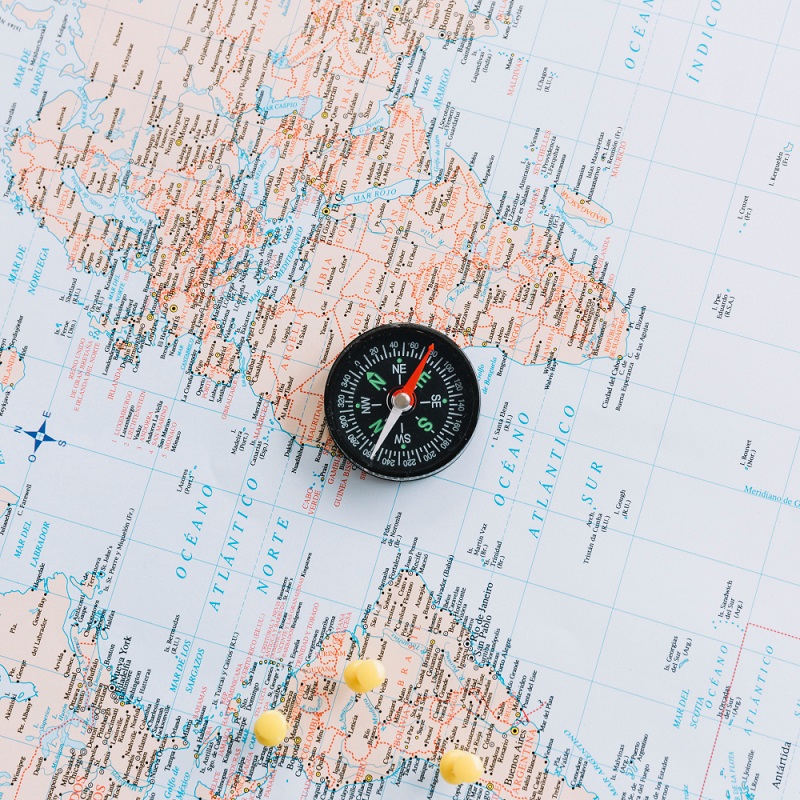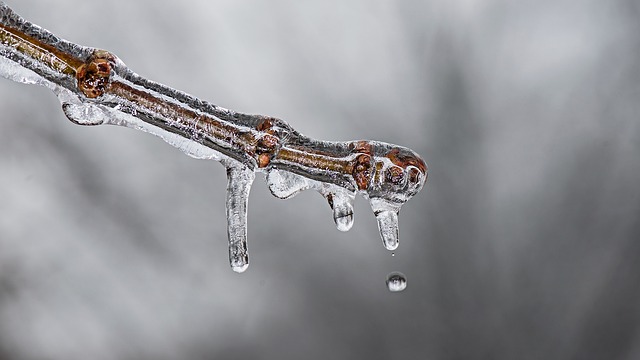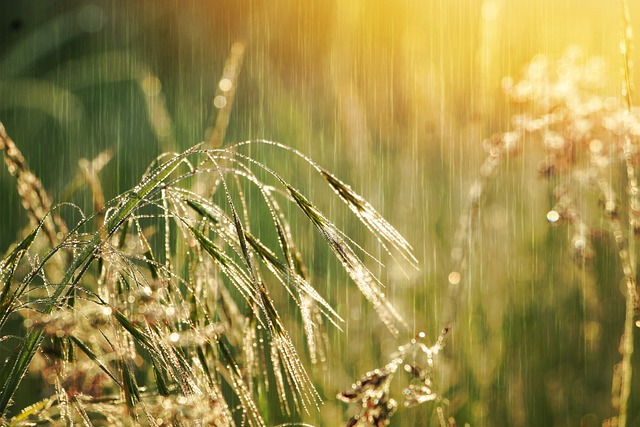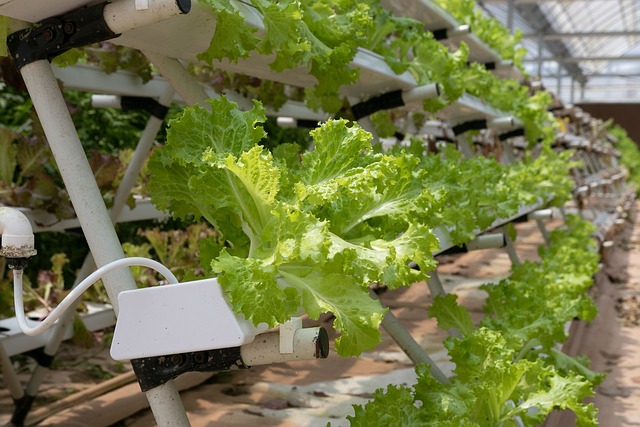Latitude has a big impact on the climate of different parts of the world. From the icy poles to the humid tropics, where you are on the planet determines your temperature, rainfall and seasons. But how does latitude affect climate? Let’s find out.
Key Takeaways
- Latitude determines how much sunlight an area receives, shaping its climate.
- Tropical, temperate, and polar zones experience distinct temperature, rainfall, and biodiversity patterns.
- Seasonal changes, agriculture, and human lifestyles vary significantly across latitudes.
Climate change poses unique challenges for each latitude zone.
What Is Latitude?
Latitude is a geographic coordinate that measures how far north or south of the equator you are. It’s measured in degrees from 0° at the equator to 90° at the poles.
- Equator: 0° latitude, divides the Earth into the Northern and Southern Hemispheres.
- Tropics: 23.5° N (Tropic of Cancer) and 23.5° S (Tropic of Capricorn).
- Poles: 90° N (North Pole) and 90° S (South Pole).
Latitude determines how much solar energy a place gets which in turn affects the climate.
This is why areas with high solar potential often see a rise in interest for renewable energy solutions like Solar Panels For Sale – A1 SolarStore Investing in solar panels can help harness this abundant energy efficiently.
Latitude and Solar Energy
The Earth is curved so sunlight hits different latitudes at different angles.
Direct Sunlight: Near the equator, sunlight hits directly and it’s hot and warm.
Oblique Sunlight: At higher latitudes, sunlight spreads over a bigger area and it’s cooler.
For example:
| Latitude Zone | Sunlight Intensity | Example Climate |
| Equatorial (0°-10°) | High | Tropical (e.g., Brazil) |
| Temperate (30°-60°) | Moderate | Mild (e.g., France) |
| Polar (60°-90°) | Low | Cold (e.g., Antarctica) |
Latitude and Temperature
Temperature decreases as we move away from the equator. Why?
- Distance from the Sun’s Rays: The equator receives concentrated sunlight, while the poles receive diffused light.
- Atmospheric Thickness: Sunlight must pass through more of the Earth’s atmosphere at higher latitudes, losing energy in the process.
Example:
- Quito, Ecuador (near the equator): Average temperature is around 18°C (64°F).
- Reykjavik, Iceland (near the Arctic Circle): Average temperature is around 1°C (34°F).
How Does Latitude Affect Climate Zones?
Latitude breaks the Earth into three main climate zones, each with its own characteristics based on its distance from the equator.
Tropical Zone (0°-23.5°)
The tropical zone, between the equator and the Tropics of Cancer and Capricorn, has warm temperatures and high humidity all year round. These regions get intense sunlight since the sun is almost overhead, making them the hottest places on Earth.
- Rainfall: This zone gets heavy rainfall, over 2,000 mm per year, due to rising warm air that forms clouds and rainstorms.
- Climate Patterns: Many areas in the tropics have a wet and dry season due to monsoons.
- Biodiversity: Tropical climate supports lush ecosystems like rainforests that are home to thousands of plant and animal species.
- Examples: Amazon Rainforest in South America and Congo Basin in Africa are examples of this zone’s greenery and biodiversity.
Temperate Zone (23.5°-66.5°)
The temperate zone is between the tropical and polar regions, covering most of North America, Europe and parts of Asia. It’s known for its moderate climate and distinct seasons.
- Seasons: This zone has four distinct seasons: spring, summer, autumn and winter. Seasons are more pronounced the farther you are from the equator within this zone.
- Temperature: Summers are warm to hot, winters are mild to severe depending on the region.
- Rainfall: Rainfall is moderate and evenly distributed throughout the year, suitable for agriculture and human population density.
- Biodiversity: Forests, grasslands and wildlife are present here, making it a good area for farming and human habitation.
- Examples: New York in the US and Paris in France are examples of the temperate zone’s moderate climate and seasonal variation.
Polar Zone (66.5°-90°)
The polar zone includes the areas around the North and South Poles. It’s characterized by extreme cold, icy landscapes and long periods of darkness or daylight.
- Temperature: Temperatures in the polar regions are below freezing year round, with winter temperatures dropping as low as -50°C (-58°F) or more in some areas.
- Sunlight: In summer, these regions have continuous daylight (midnight sun), while in winter, polar nights with no sunlight for months.
- Precipitation: Despite the cold, polar regions are deserts, getting less than 250 mm of rainfall per year, mostly as snow.
- Biodiversity: Life here is limited to hardy species like polar bears, seals and penguins and specialized vegetation like mosses and lichens.
- Examples: Siberia in Russia and Antarctica are examples of the harsh but beautiful landscapes of the polar zone.
Latitude and Rainfall Patterns
Latitude also affects precipitation. Here’s how:
- Tropical Zones: Warm air rises, cools, and forms rain clouds, leading to heavy rainfall.
- Temperate Zones: Moderate rainfall due to shifting wind systems.
- Polar Zones: Low precipitation because cold air holds less moisture.
Interesting Fact:
The equatorial regions receive about 2,000 mm of rainfall annually, while polar deserts like Antarctica receive less than 50 mm.
Seasonal Variations Across Latitudes
Seasons occur because of the Earth’s tilt (23.5°) and its orbit around the Sun.
- Near the Equator: Little seasonal variation; it’s warm year-round.
- Mid-Latitudes: Four distinct seasons.
- Poles: Extreme seasons, with six months of daylight and six months of darkness.
Example:
- Sydney, Australia (34° S): Hot summers and mild winters.
- Barrow, Alaska (71° N): Long, dark winters and short, cool summers.
Latitude and Biodiversity
Latitude affects ecosystems and biodiversity:
- Tropics: High biodiversity due to stable temperatures and abundant rainfall.
- Poles: Limited biodiversity because of harsh conditions.
Example:
- The Amazon Basin (0° latitude) is home to over 3 million species.
- The Arctic has only about 1,700 plant species.
Real-World Impact of Latitude on Human Activities
Latitude influences agriculture, housing, and lifestyle.
- Tropics: Rice and bananas thrive due to warm climates. Homes often have open designs for ventilation.
- Temperate Zones: Wheat and corn are common, with insulated homes to withstand winters.
- Polar Regions: Limited farming; people rely on fishing and hunting.
Table:
| Latitude Zone | Common Crops | Example Location |
| Tropics | Rice, Bananas | India |
| Temperate | Wheat, Corn | United States |
| Polar | None (Fishing) | Greenland |
Latitude and Climate Change
Latitude matters when it comes to climate change. As the world warms up, the effects of climate change are not evenly distributed and latitude plays a big role in the intensity and type of changes.
In the tropics (0°-23.5°), the global temperature rise makes the heat even more unbearable. This means longer heatwaves, more intense rainfall and flooding during wet seasons. The tropics are also more prone to cyclones and hurricanes becoming more frequent and intense due to warmer ocean temperatures. These changes threaten agriculture, biodiversity and human health in areas that are already densely populated and economically vulnerable. For example, deforestation in the Amazon Rainforest combined with rising temperatures has reduced its ability to be a carbon sink, accelerating global warming.
In temperate zones (23.5°-66.5°), the seasons are becoming more unpredictable. Winters are getting milder and summers are getting hotter with more droughts and wildfires. For example, Southern Europe has seen a surge in wildfires while the western United States is experiencing prolonged droughts that strain water resources. Temperate regions are also seeing a shift in agricultural zones as warmer temperatures allow crops grown in warmer climates to thrive further north and disrupt traditional farming practices.
Polar zones (66.5°-90°) are warming at almost twice the global average—a phenomenon known as Arctic amplification. Melting ice caps and glaciers are not only raising sea levels but also releasing trapped greenhouse gases like methane, accelerating climate change. For example, the Arctic has lost over 2.6 million square kilometers of summer sea ice since 1979 threatening polar species and global weather patterns. Rising temperatures in the Antarctic region are also destabilizing ice shelves increasing the risk of catastrophic sea-level rise.
With global warming accelerating and extreme weather events (likely) becoming more common across different latitude zones, an accurate 15-day weather forecast can help us prepare for any such short-term shifts.
So latitude matters. Now we know how. Now we can act.
Exploring Exceptions: Altitude vs. Latitude
While latitude is a major factor, altitude (elevation) can override its effects.
Example:
- Quito (0° latitude, high altitude): Cooler temperatures.
- Bangkok (13° N, low altitude): Hot and humid.
FAQs
- Why does latitude affect climate the most?
Latitude controls sunlight distribution, the primary factor driving temperature and weather patterns. - How do the poles stay cold?
Polar regions receive oblique sunlight and have reflective ice surfaces, keeping them cold. - Why is the equator hotter than other regions?
The equator gets direct sunlight year-round, leading to higher temperatures. - Can altitude change the effects of latitude?
Yes, higher altitudes can make even equatorial regions cool, as seen in mountain cities like Quito.
By understanding how does latitude affect climate, we gain insights into Earth’s complex weather systems and how they shape life on our planet.
Image source: pixabay.com






